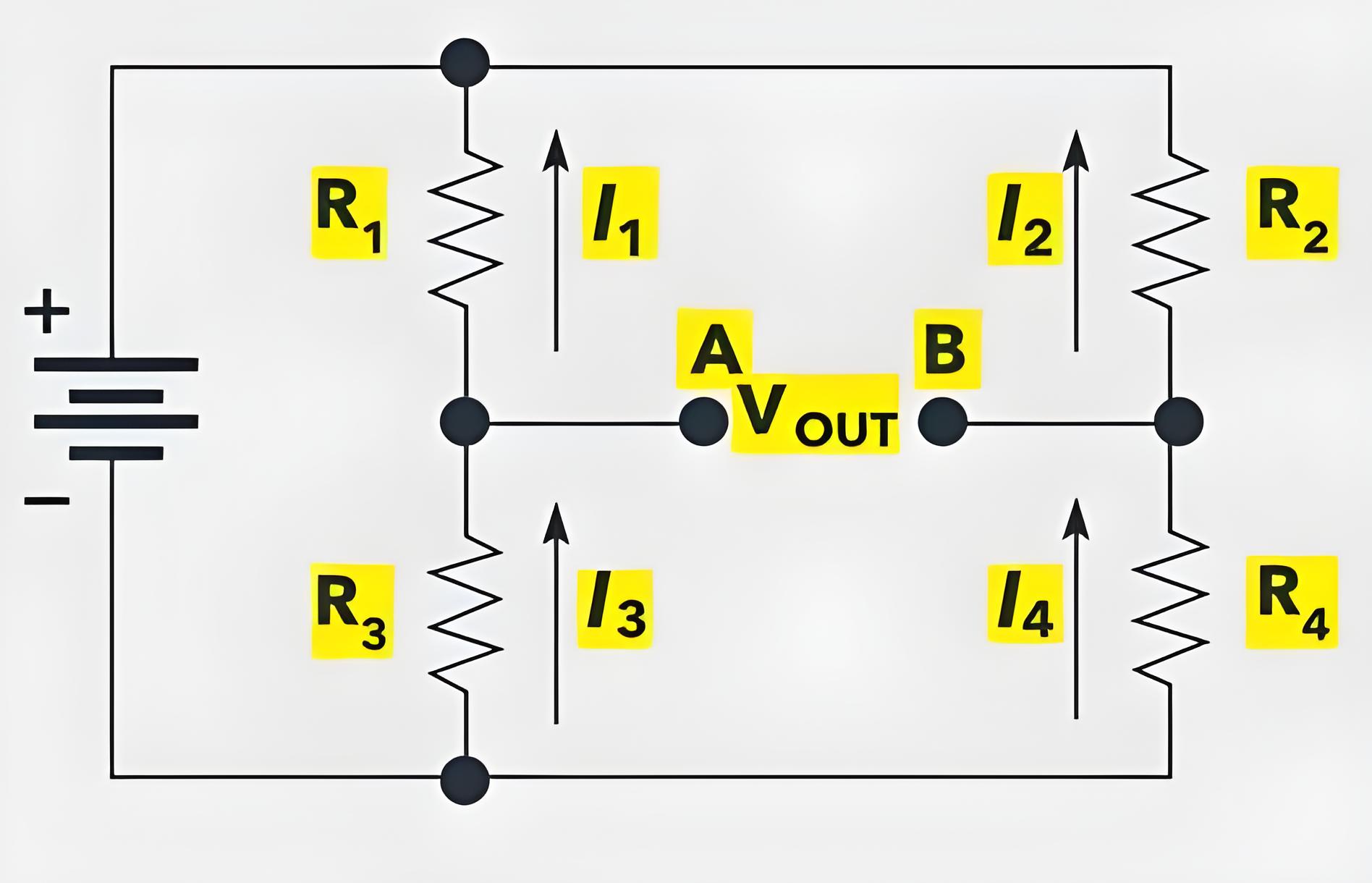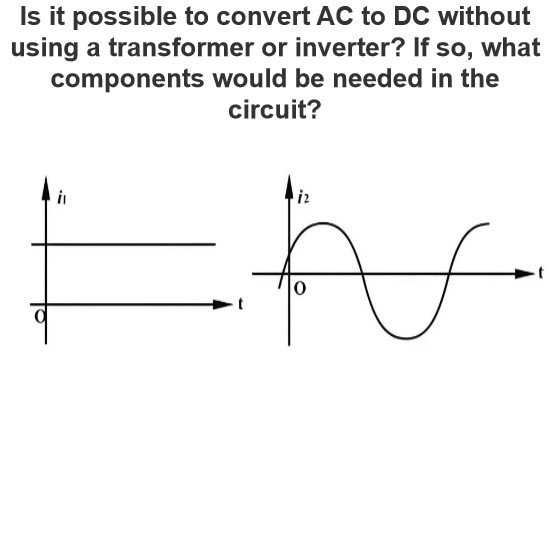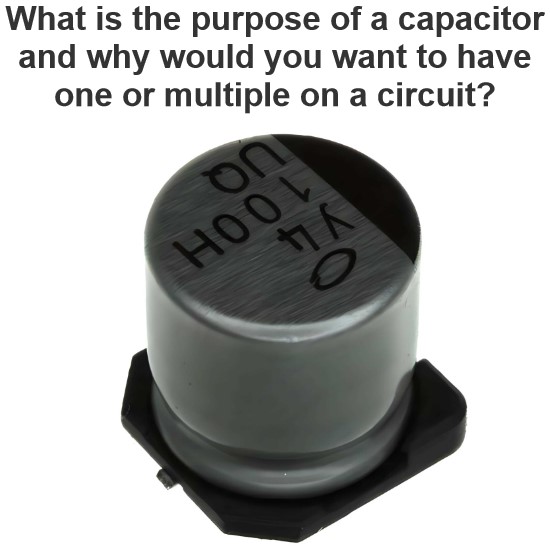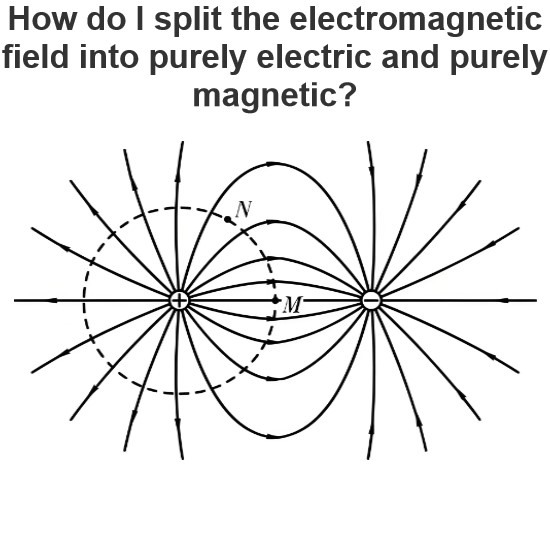What are the advantages and disadvantages of using Wheatstone bridge to measure resistance experiments?
Advantages and Disadvantages of Measuring the Resistance of a Given Coil with a Wheatstone Bridge
1. Advantages
(I) High precision and accuracy
The Wheatstone bridge is based on the principle of proportional measurement, measuring by comparing known and unknown resistances (in this case, the unknown resistance is the resistance of the given coil). This method of measurement is highly sensitive to changes in resistance values and can achieve a high degree of measurement accuracy. For example, under stable experimental conditions, it can measure resistance values accurately to several decimal places, which is a level of precision that many other measurement methods find difficult to achieve.

(II) Wide Measurement Range
Capable of measuring resistance across a wide range of values. By selecting the appropriate known resistor and unknown resistor (coil resistance) as needed, measurements can be taken across a spectrum of low to high resistance ranges. Whether dealing with coils having low or high resistance values, there are ways to make measurements using a Wheatstone bridge, making it an ideal tool for handling multiple resistance values.
(3) Stability and Reliability
Its design is carefully optimized to maintain stability and provide accurate measurements even when the environmental conditions change, such as fluctuations in temperature and humidity or the presence of slight electromagnetic interference. This characteristic makes the Wheatstone bridge a reliable tool for long-term use and complex experimental research. Stability and reliability are crucial advantages when measuring coil resistance, which may require extended measurement times or multiple repetitions.
(4) Flexibility and adaptability
Users can adjust and modify the Wheatstone bridge according to specific needs. For example, by changing the size of known resistors or adjusting adjustable resistors, it can adapt to measurement experiments with different ranges and requirements. Moreover, the Wheatstone bridge can be integrated with other measuring devices and sensors to expand its functions and application fields. If, when measuring coil resistance, it is necessary to combine other electrical quantities for measurement or further analysis and processing of the measurement results, this flexibility will be very helpful.
(5) Compared to other methods, it is more accurate in principle.
Unlike the V-I method for measuring resistance, the Wheatstone bridge avoids the error caused by the change of the power supply over time. This is because when measuring resistance using the V-I method, the commonly used chemical power supplies such as dry batteries and lead-acid batteries have actual voltage values that change over time, which can cause errors. The measurement range of the Wheatstone bridge avoids this type of error from the power supply.
At the same time, it also avoids issues such as voltage division by the ammeter, current division by the voltmeter, and voltage division by excessive wires. In the V-I method, it is impractical to accurately measure the voltage and current division of the ammeter and voltmeter. However, in the Wheatstone bridge, as long as resistors with similar precision are used, the relative error can be reduced, making it easier for precise calculation.
2. Disadvantages
(1) Complex operation
Compared to instruments for measuring resistance such as ohmmeters, the Wheatstone bridge is more complex to operate. It requires preparing multiple components, including known resistors, unknown resistors (coil resistance), a power supply, and detection devices, and connecting the circuit correctly. During the measurement process, it's necessary to adjust the adjustable resistor to achieve a balanced state of the bridge, which requires certain skills and patience, and sets high requirements for the operator. For example, during the adjustment process, the operator needs to closely observe the readings of the indicator (such as the galvanometer), making fine adjustments to achieve balance. This process can be time-consuming and prone to errors.
The Electricity Encyclopedia is dedicated to accelerating the dissemination and application of electricity knowledge and adding impetus to the development and innovation of the electricity industry.




